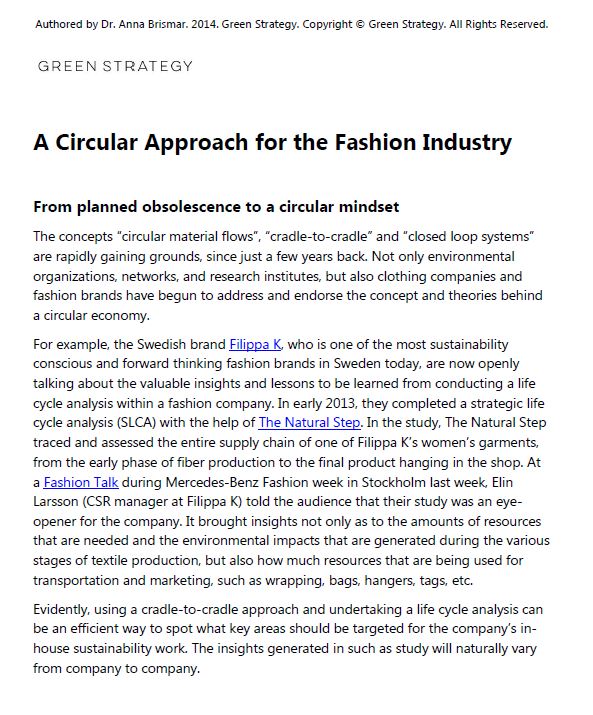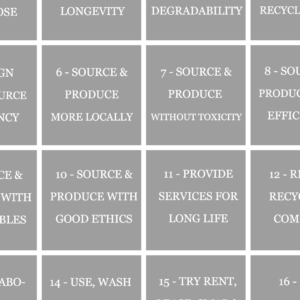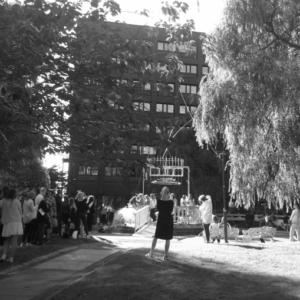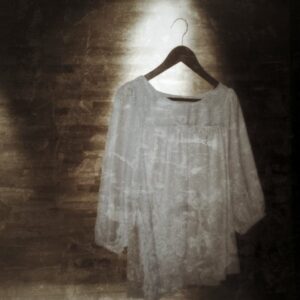A circular approach for the fashion industry
275 kr (SEK) incl. tax
Description
This paper was the first article ever written by Anna Brismar on the topic of circular economy and fashion, as her very first attempt at exploring (in writing) how the concept of a circular economy could be applied specifically to the fashion industry. The first version of this article was written and published on Green Strategy’s blog page in February 2014, at a time when the concept circular fashion was not in existence. Even the expression “a circular approach” was nowhere to be found on the internet. If you wish, this article can thus be seen as a “historical document” of the earliest attempt to merge the principles of circular economy with fashion. At the same time, it also contains still highly relevant and valuable information on the essence of both circular economy and of circular fashion.
Practical information
- Length: 6 pages
- Published: 2014
- Author: Dr. Anna Brismar
- Copyright: Green Strategy Sweden
Purchase Agreement
Note: This article may NOT be republished in any form, either electronically, digitally or physically. Shorter quotations are allowed, providing that the source and reference are clearly stated. Longer quotations (of more than two paragraphs) are not permitted without prior written permission by Green Strategy. For any questions, please contact Green Strategy.





